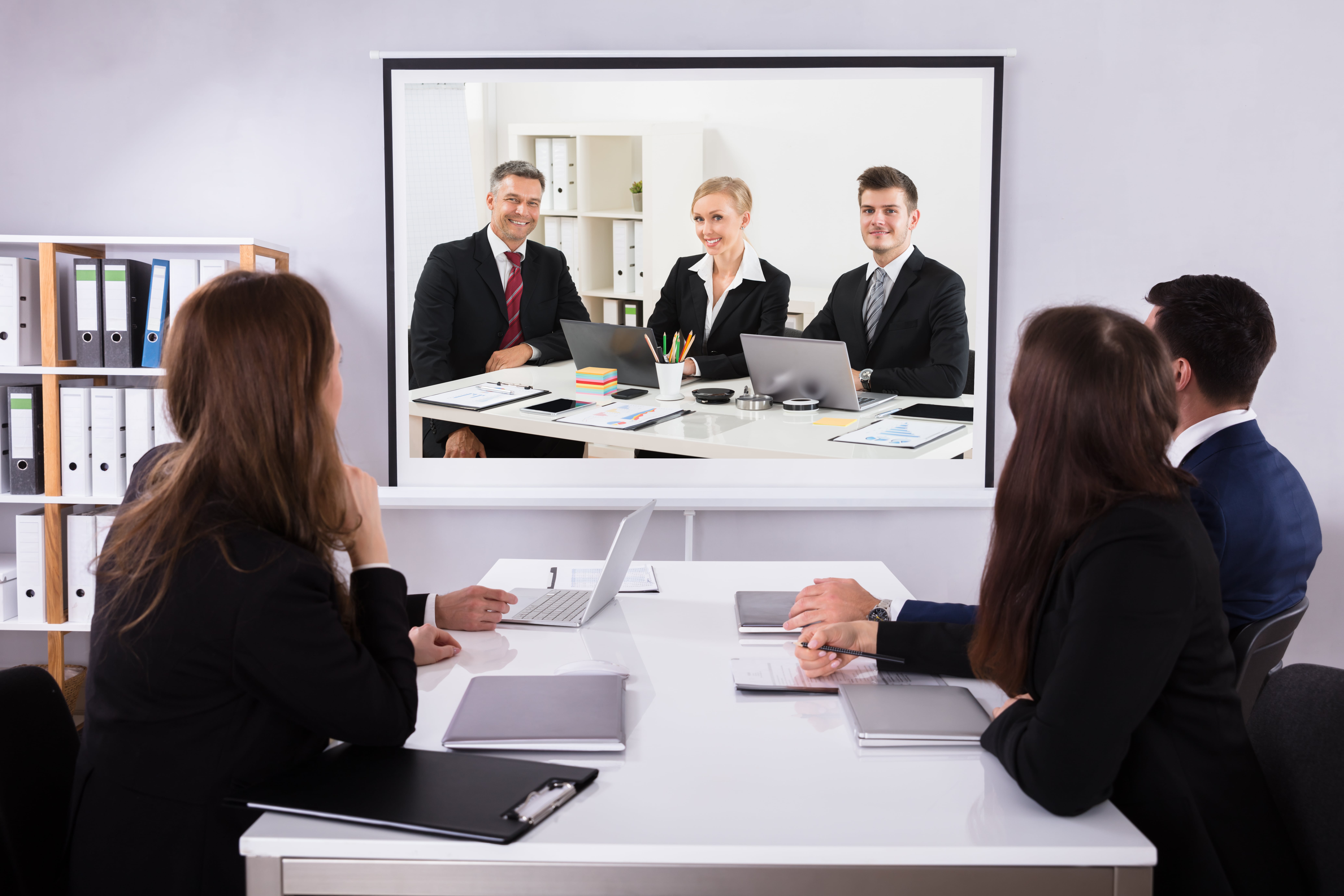Over the past 18 months we have had a lot of experience with remote auditing and we have learned many things. Some things went right and some things went not so right. What I want to do in this white paper is make you aware of these things so that you are better prepared for your upcoming virtual / remote audit. I will break them down into office processes and manufacturing processes, as each audit type has its own challenges.
Office processes:
Many office processes are easily managed and audited remotely using screen sharing applications, such as: MS Teams, GoToMeeting, Webex, Zoom, etc. All of these applications function similarly, but your team needs to know how to use them. What we have learned is that the management rep has taken the time to know how to use the tool, but many auditees may not have had that much experience with them, especially if they have not been working from home.
Some key points to know: ·
- The web versions of these tools do not have the same capabilities as the downloaded application. For instance, the web version may not allow the user to share his/her screen. This is critical during an audit.
- The web version may not support sharing control of the keyboard and mouse. It is easier for the auditee to just let the auditor scroll the document on his own than to listen to his/her commands (“scroll up, not so far, scroll down, make it bigger”, etc.)
- If you have multiple people in a conference room environment and all are logged into the meeting, only one microphone can be active, otherwise you will have some very annoying interference.
- Also, if you have a group of people in a conference room, they may all be wearing masks due to company policy and some masks really play havoc with the microphone. We may not be able to hear that person at all. Practice this first if that is the plan for the audit.
- If someone plans to use two monitors, they should practice knowing which one is being shared.
- Personnel who will be sharing a variety of documents should “share screen” vs. “share document”. This way they can easily toggle back and forth between different documents. If they choose “share document”, they have to “un-share” before “resharing” to display the next document
Manufacturing processes:
Some of the same apps can be used for the manufacturing portion of the audit, as they all interface with the computer’s camera or with an external camera. The audio is probably the biggest challenge with mfg. audits.
Some key points to know:
- For video stability, having the camera on wheels is much better than hand carrying the computer or external camera. Many people will put their computer on a cart and push it to the mfg. area. I have seen others mount an iPad on a rolling tripod. Either method brings stability to the image that the auditor is seeing.
- I have not personally experienced body mounted cameras, but those would be fine, as well. Just practice with them. Your local electronics store has many options for you and many price ranges.
- Having the computer on wheels also saves wear and tear on the person holding it. When an auditor goes to the mfg. floor it is usually for an extended time. While the computer only weighs a couple of pounds, it gets really heavy within 20 minutes or so.
- Audio is the big challenge, but a little technology goes a long way. Noise cancelation is the key. Microphones with noise cancellation on your end makes the auditor’s life pretty easy. Noise cancelling headsets make life easy on the auditee. The full over-ear headsets are the best for noise cancellation in very noisy areas. If mfg. is relatively quiet, there are puck mic/speaker combos with noise cancellation which work nicely and everyone can then hear the conversation.
- WIFI signal strength should be tested in all areas of the plant and signal boosters added as needed.
- The auditor will likely be viewing some records on the mfg. floor. If these are hard copies, practice viewing these with the camera to see how clear it will be.
General:
- Testing is key. This is easily done internally and then validated with the auditor. Several standards require a test, but it is a great idea no matter if it is required or not.
- Please have cameras on as much as possible to make the audit feel like an in-person audit.
- At times, WIFI strength may drive you to turn the camera off to conserve bandwidth and that is okay.
- There are two ways to set up the web meetings. Either one day long session or individual sessions. The one long session has flexibility. The individual ones keep the audit on schedule. Personally, I like the flexibility, but either is fine.
- Remember to take breaks to stretch your legs and give your eyes a break from the screen.
DQS Newsletter
Sara Gulo
Sara Gulo is the Marketing Specialist for DQS Inc. in the USA. She's been with DQS for 10 years in various roles, including Verification and Customer Service Professional.


